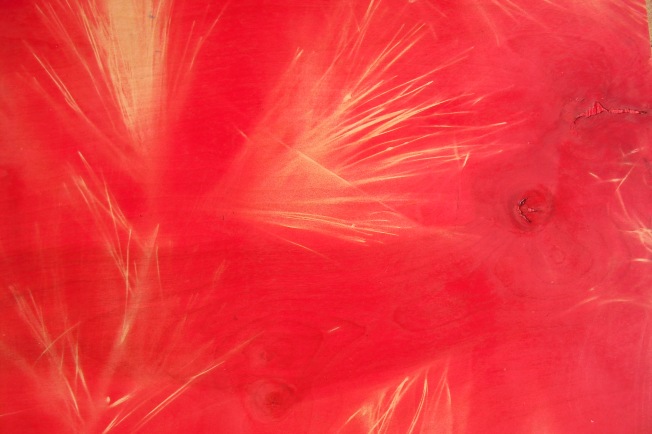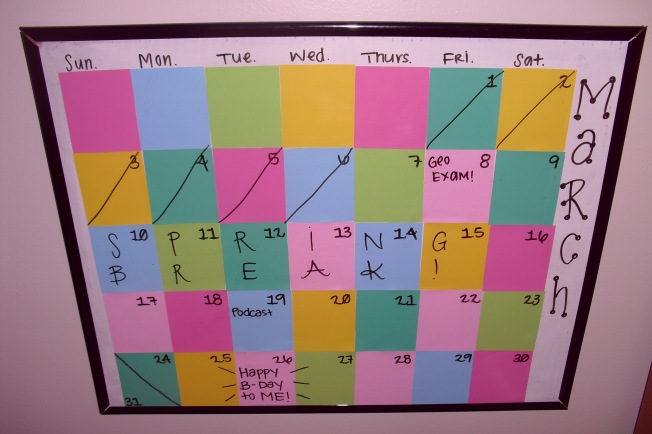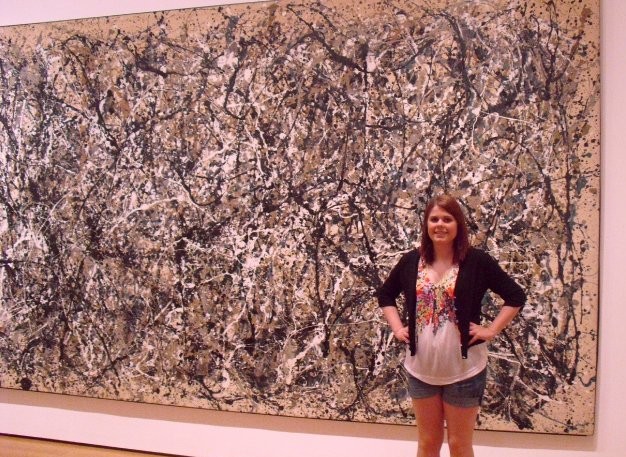Glue – it can be sticky, messy, and uncooperative. Although glue has some negative aspects, it can be used to create a very unique work of art.
For this art project you will need:
- Glue (I used Elmer’s School Glue)
- Canvas
- Paint
- Paint brush
- Pencil
First, gather a quote, word, or saying you like. You can search on the internet for one, just use one you create yourself, or just use a single word or name. Use the pencil to write what words you like on the canvas. Then, take the bottle of glue and, carefully and slowly, trace the pencil lines while squirting glue.
I used the quote by Henry David Thoreau, “This world is but a canvas to our imagination,” and traced the letters twice with glue.
After the glue dries completely, take a single color of paint and paint the entire canvas. The glue should be sticking up from the canvas creating a “hidden message.”
Some tips for this art project:
- Try using different styles of writing.
- Use a ruler to create perfect lines or write words with letters a little crooked (like my example).
- Uses capital and lower case letters.
- Try using more than one paint color when painting the canvas.
- If the letters are not standing off of the canvas enough try different glue, or trace the letters with glue again.



